The Enemy of Average! Wild Surfwear- USA Made
Add some descriptive text to your Blog page.
Posted on April 02 2016


Posted on March 22 2016

By Christian Franzen
Manny Cosentino grew up amidst a large Italian family on the upper eastside of Manhattan, in New York City. He was encouraged by his parents at a young age to pursue his interests in drawing and painting. They would supply him with all kinds of sketchbooks and drawing instruments on top of taking him to all of the world class museums throughout the city. When he was old, enough he would frequently visit the Metropolitan Museum of Art on his way home from school. Often spending hours studying and copying works from the masters.
More recently, Cosentino has returned to depicting the figure. Learning the classical techniques of the Venetian school of painters from contemporary artist and teacher Martha Mayer Erlebacher. Using classical underpaintings, glazing, scumbling, and grisailles, Cosentino creates contemporary compositions of the figure while using the techniques of high renaissance Venetian and Flemish masters.
Today, Cosentino can still be found painting throughout Los Angeles and teaching at California State University Long Beach. In addition to being a gifted painter, Cosentino is a very insightful teacher. I have been lucky enough to study with him numerous times and he has dramatically helped me grow as an artist while increasing my appreciation for the arts. His love for painting is infectious and his vast knowledge of art history is dumbfounding. He is both an amazing painter and human.
 Alpha and Omega (2005)
Alpha and Omega (2005)

By Christian Franzen
Manny Cosentino grew up amidst a large Italian family on the upper eastside of Manhattan, in New York City. He was encouraged by his parents at a young age to pursue his interests in drawing and painting. They would supply him with all kinds of sketchbooks and drawing instruments on top of taking him to all of the world class museums throughout the city. When he was old, enough he would frequently visit the Metropolitan Museum of Art on his way home from school. Often spending hours studying and copying works from the masters.
At the age of 15, Cosentino with his family moved to Malibu, California. After living in California for a year he was admitted into the school of art at UCLA. In his time there, his studying with hyper-realist painter James Valerio had the largest impact on his approach to painting. In 1979, Cosentino received his B.F.A from UCLA. The following year Cosentino decided to further pursue his love of classical music and opera. He began voice instructions with Louise Caselotti. Cosentino studied with her for over fifteen years.
In 1983, Cosentino received his M.F.A from the UCLA graduate studies program. Since then he has exhibited all over the world and received much acclaim. In the 1990's, Cosentino began working mostly for urban landscape; frequently painting scenes throughout Los Angeles from Echo Park Lake to Sunset Blv. After receiving acclaim for his paintings of the Los Angeles area, the MTA commissioned Cosentino to do a painting of Echo Park Lake. This painting would later be used as a poster on Los Angeles buses and trains.
More recently, Cosentino has returned to depicting the figure. Learning the classical techniques of the Venetian school of painters from contemporary artist and teacher Martha Mayer Erlebacher. Using classical underpaintings, glazing, scumbling, and grisailles, Cosentino creates contemporary compositions of the figure while using the techniques of high renaissance Venetian and Flemish masters.
Today, Cosentino can still be found painting throughout Los Angeles and teaching at California State University Long Beach. In addition to being a gifted painter, Cosentino is a very insightful teacher. I have been lucky enough to study with him numerous times and he has dramatically helped me grow as an artist while increasing my appreciation for the arts. His love for painting is infectious and his vast knowledge of art history is dumbfounding. He is both an amazing painter and human.

Posted on March 09 2016

By Christian Franzen
Carlo Crivelli was born in 1431 in Venice, Italy. His father was an amateur painter and taught him how to paint at a young age. As a young man he attended the Vivarini School of Painting in Venice where he studied for a brief period before leaving for Padua. There he worked with a group of artists under Francesco Squarcione. By 1457, he had gained enough recognition to acquire commissions on his own. However, his new found success was short-lived. Later that same year he was given a six month prison sentence in Padua for having an affair with a married woman. Once he was out of jail he was socially exiled within the community and decided to leave. He ended up in Dalmatia, which is now part of Croatia, a Venetian colony.

By Christian Franzen
Carlo Crivelli was born in 1431 in Venice, Italy. His father was an amateur painter and taught him how to paint at a young age. As a young man he attended the Vivarini School of Painting in Venice where he studied for a brief period before leaving for Padua. There he worked with a group of artists under Francesco Squarcione. By 1457, he had gained enough recognition to acquire commissions on his own. However, his new found success was short-lived. Later that same year he was given a six month prison sentence in Padua for having an affair with a married woman. Once he was out of jail he was socially exiled within the community and decided to leave. He ended up in Dalmatia, which is now part of Croatia, a Venetian colony.
In his paintings, Crivelli did not adopt the new Renaissance style but rather he painted in the older Gothic Style. In addition he only painted in egg tempura despite the popularity of oil paints in Italy. Crivelli's paintings are always jam packed with ornate gold inlays and lavish depictions of biblical narratives. Due to his stylistic qualities, Crivelli was only able to secure steady patrons among the church. He predominately worked for Fransiscan monasteries in the North Italian area. Crivelli died In March of 1495 in Ascoli Pinceno, Italy. During his lifetime his work was rather popular among church establishments but fell out of favor after his death with the continual evolution of the Florentine style of Renaissance Painting.
Posted on March 02 2016

By Christian Franzen
Jacopo Bassano was born in Bassano del Grappa, Italy in the year 1510. Growing up in northern Italy he was exposed to and practiced Renaissance painting in the Venetian style, which differed slightly from the style of southern Italy. He was the student of the Venetian master Veronese. During his years as an apprentice he developed a love for depicting landscape that would stay with him and characterize much of his work.

By Christian Franzen
Jacopo Bassano was born in Bassano del Grappa, Italy in the year 1510. Growing up in northern Italy he was exposed to and practiced Renaissance painting in the Venetian style, which differed slightly from the style of southern Italy. He was the student of the Venetian master Veronese. During his years as an apprentice he developed a love for depicting landscape that would stay with him and characterize much of his work.
After completing his apprenticeship, Bassano opened an artists studio in the early 1530's in his home town that specialized in creating religious genre painting for the surrounding church establishments. In his early years of a practicing artist, Bassano was heavily influenced by the painter Titian. Looking at Titian's work encouraged Bassano to charge his paintings full of color pops. Interestingly, in many of Bassano's compositions during this time he places the figure of Christ deeper within the painting rather than directly in front like most all other painters of this time.
In Bassano's work, The Last Supper which was completed in 1542 you can see the artists new interest in style of Mannerism. This new interest in Mannerism launches Bassano into a whole new level within his paintings. His once more stagnant figure compositions transformed into supercharged high drama/movement paintings. This new energy paired with his intense color pops set Bassano on another level as an artist, leaps above many of his contemporaries.
Towards the end of his life Bassano began to experiment with extreme lighting within his compositions. This eventually led to him beginning to paint outside at night to get a wide variety of darks. These paintings began to get more painterly as he progressed into them; leaving a lot of the technical tightness of his early works behind. This change to an emphasis on nature lead to him abandoning painting religious figures within enclosed spaces. Bassano transitioned into painting figures in an outdoor setting under his extreme lighting scenarios. The artist died on February 14th 1592 in his town of Bassano del Grappa




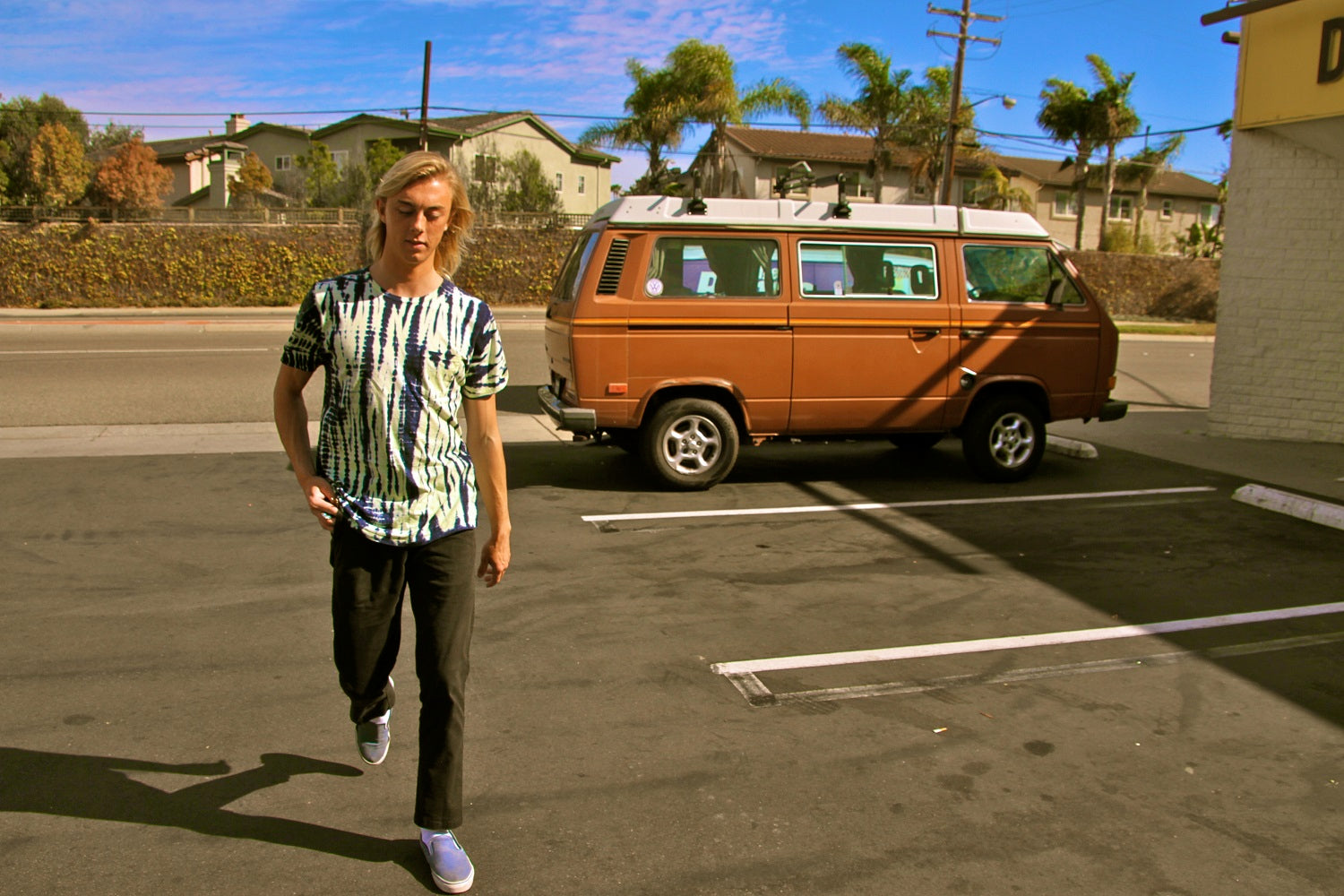


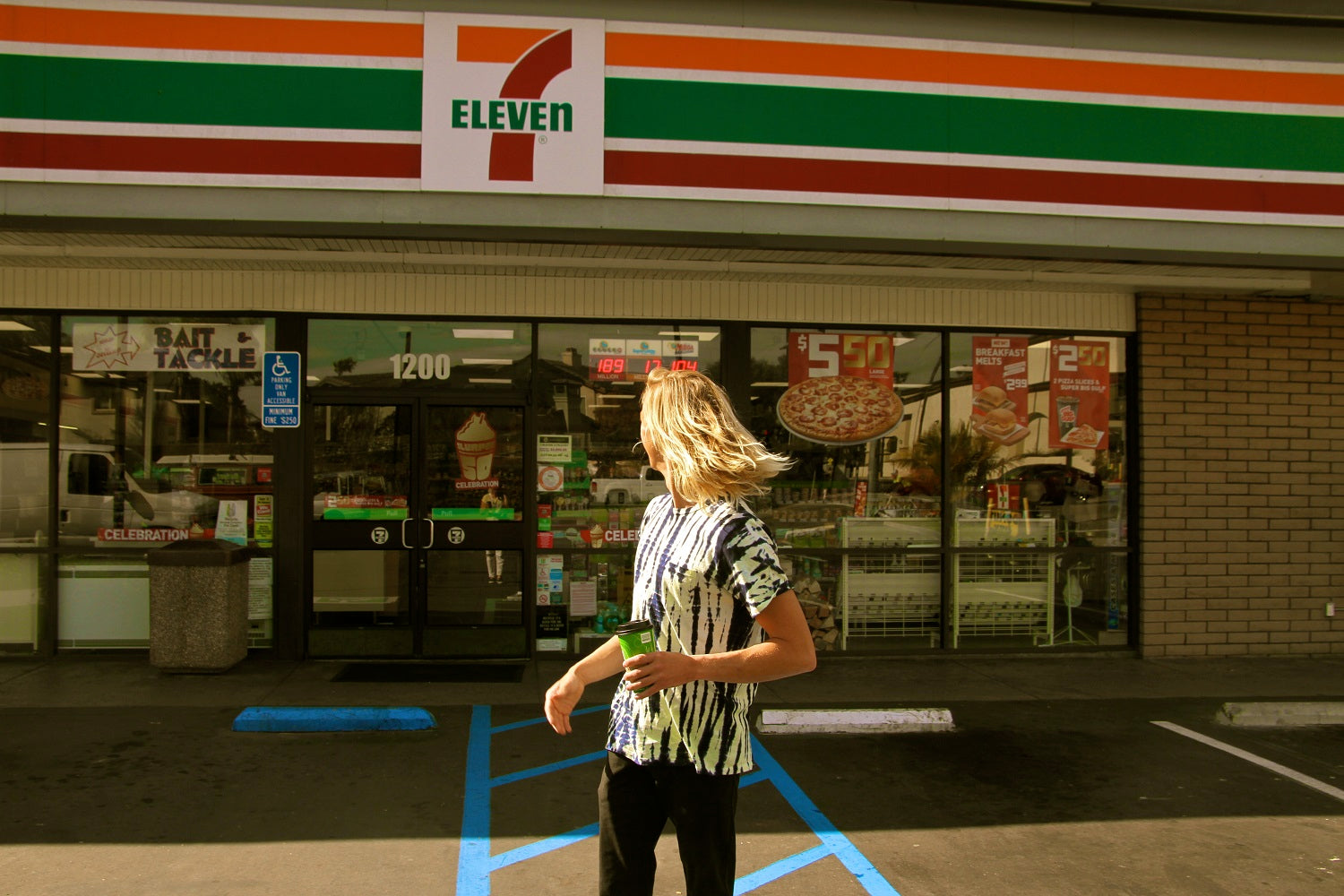



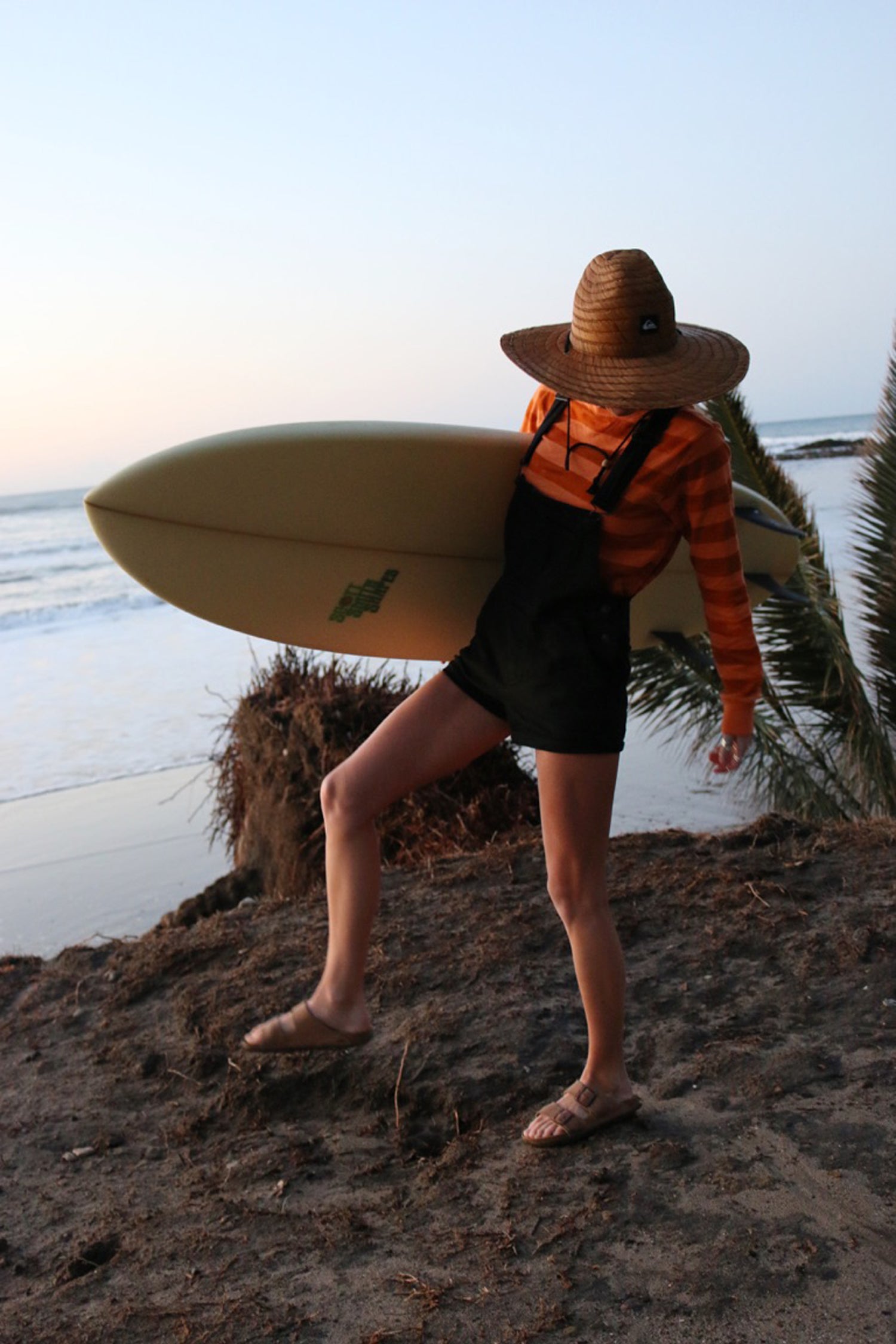






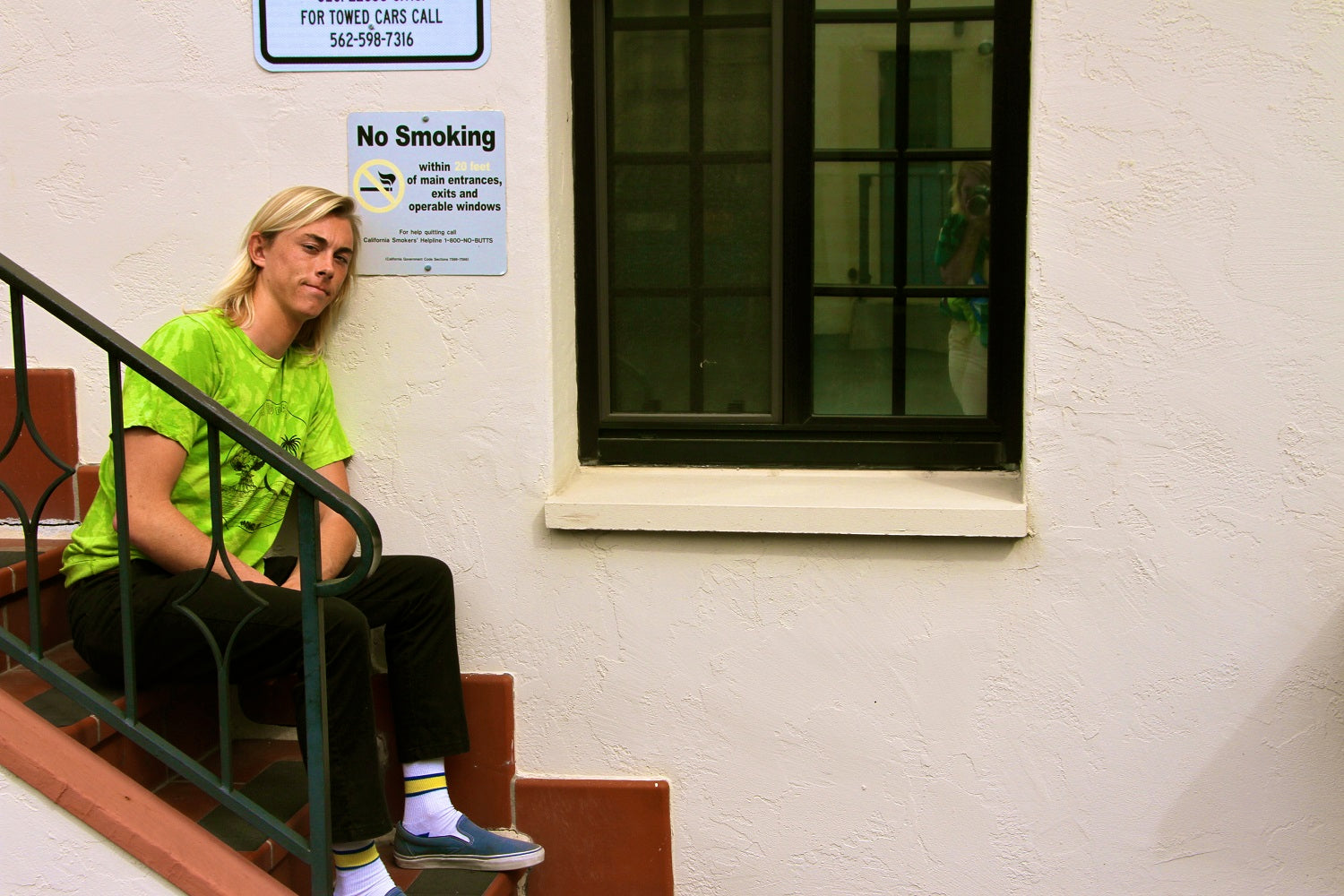
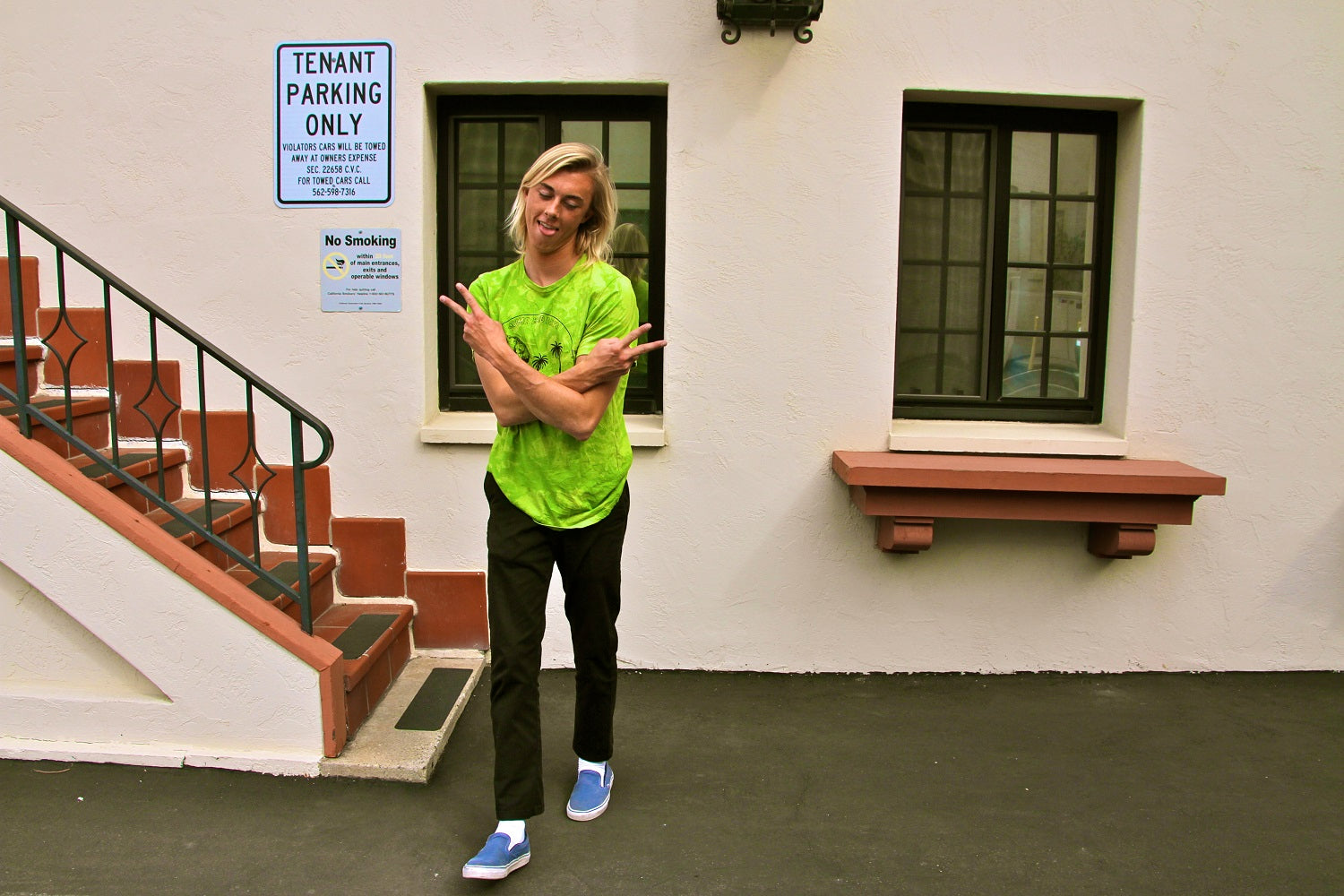
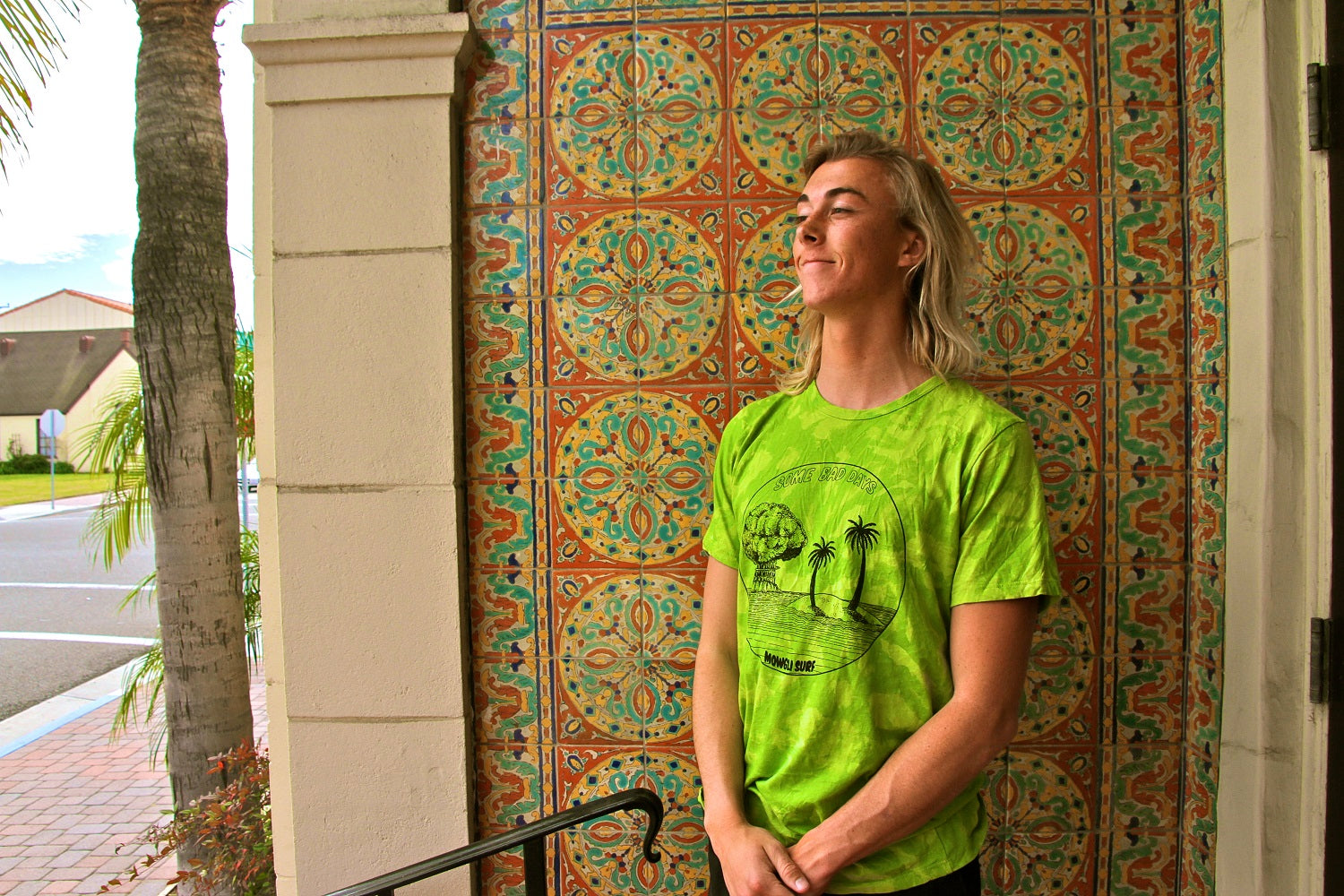
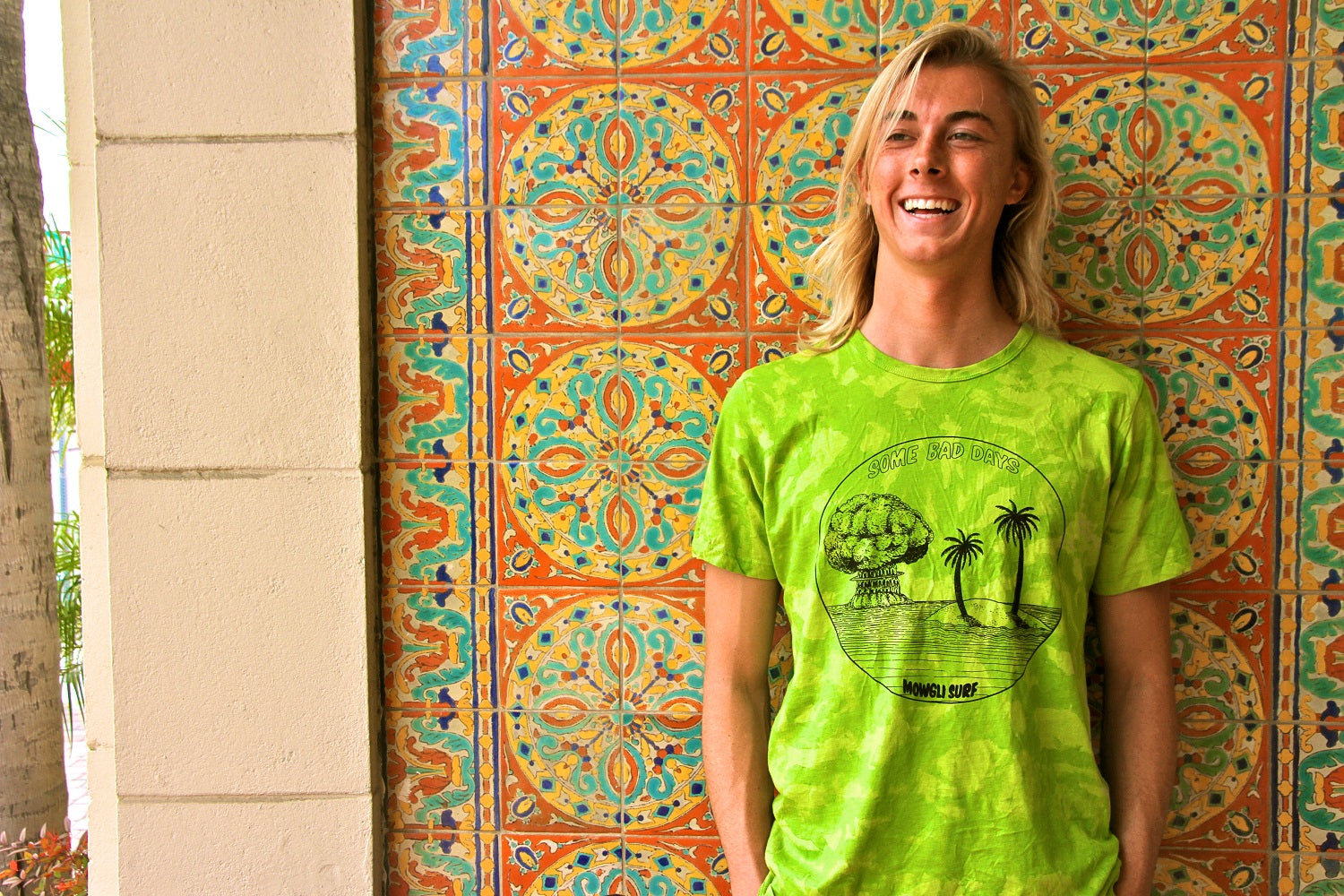
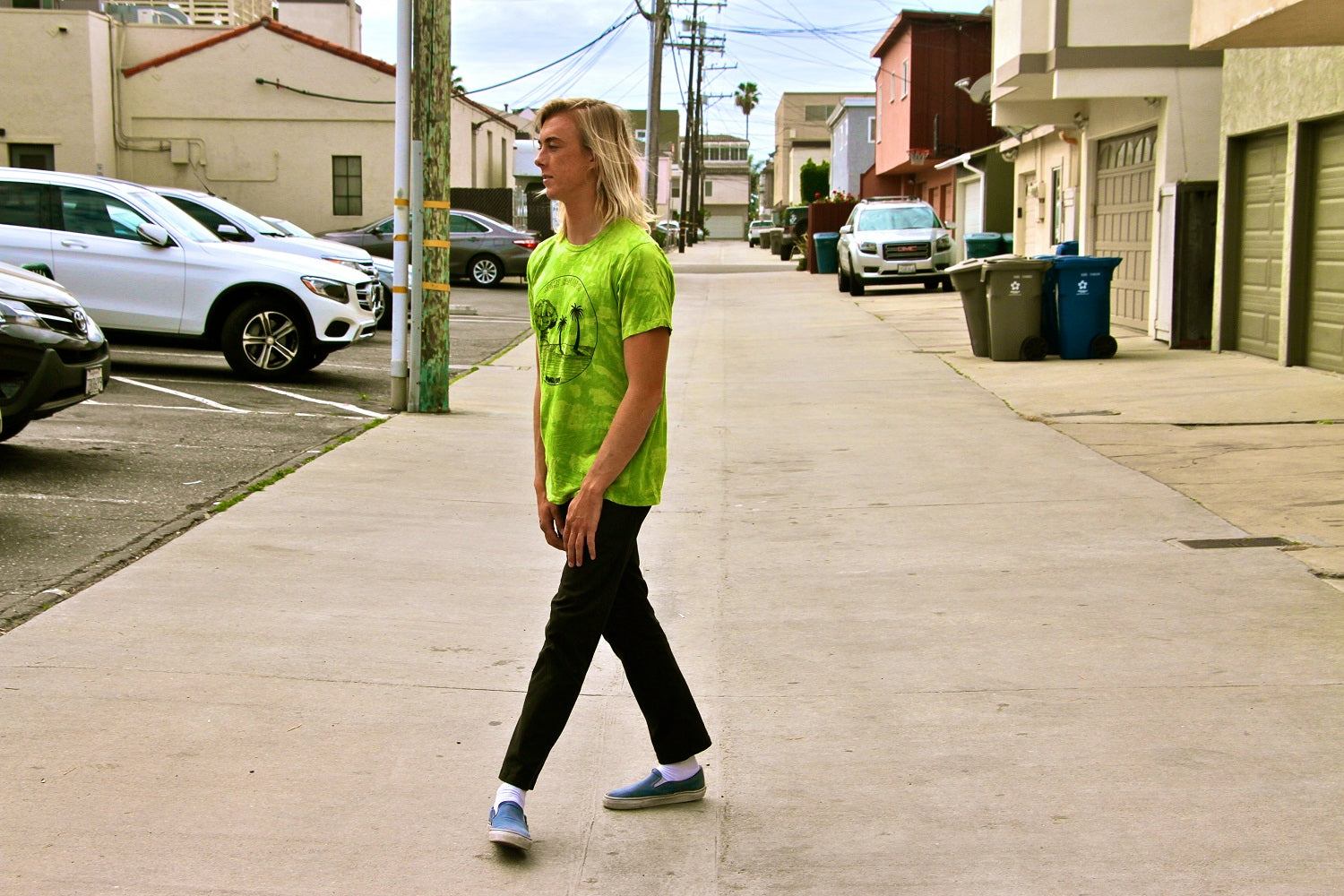
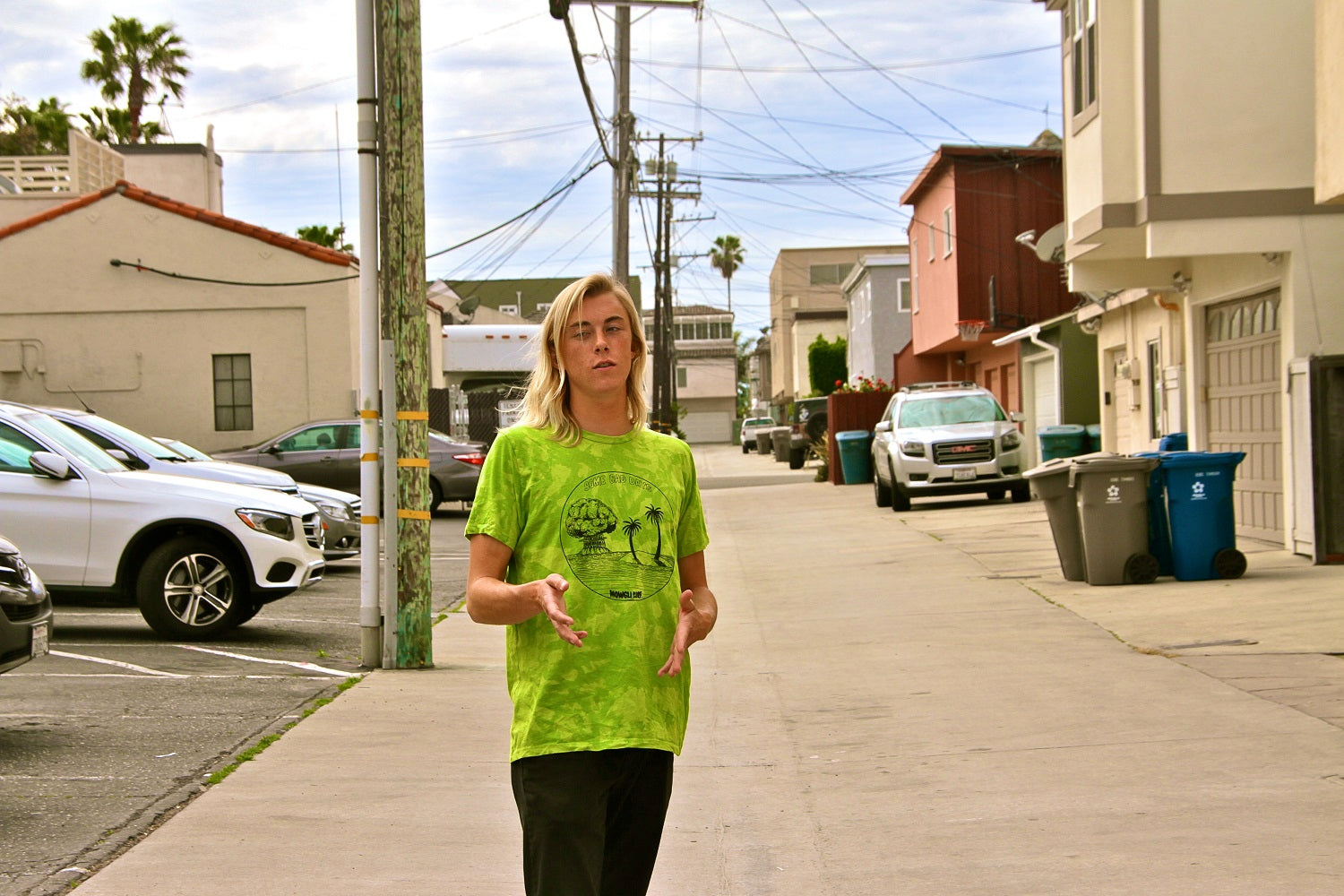
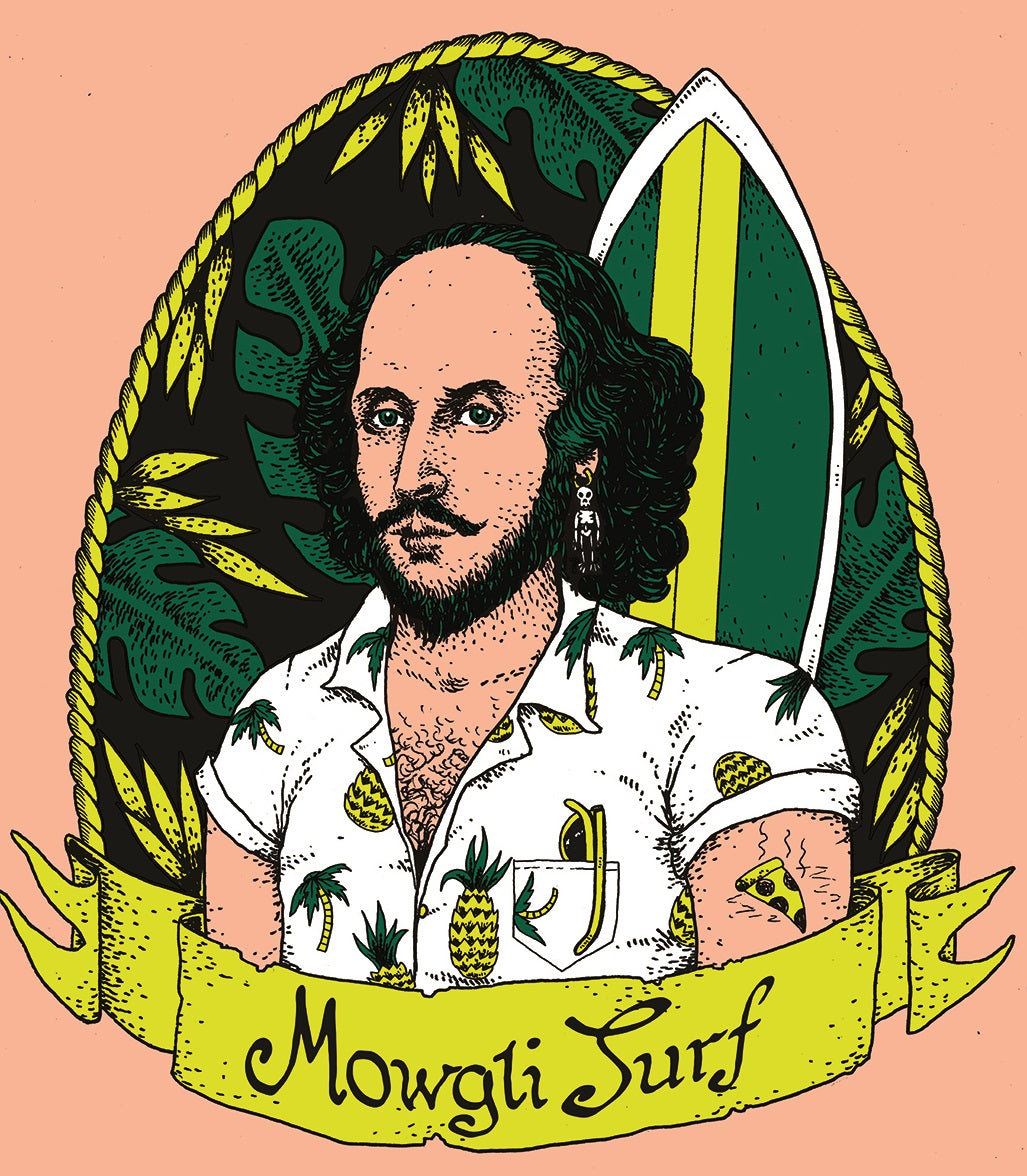






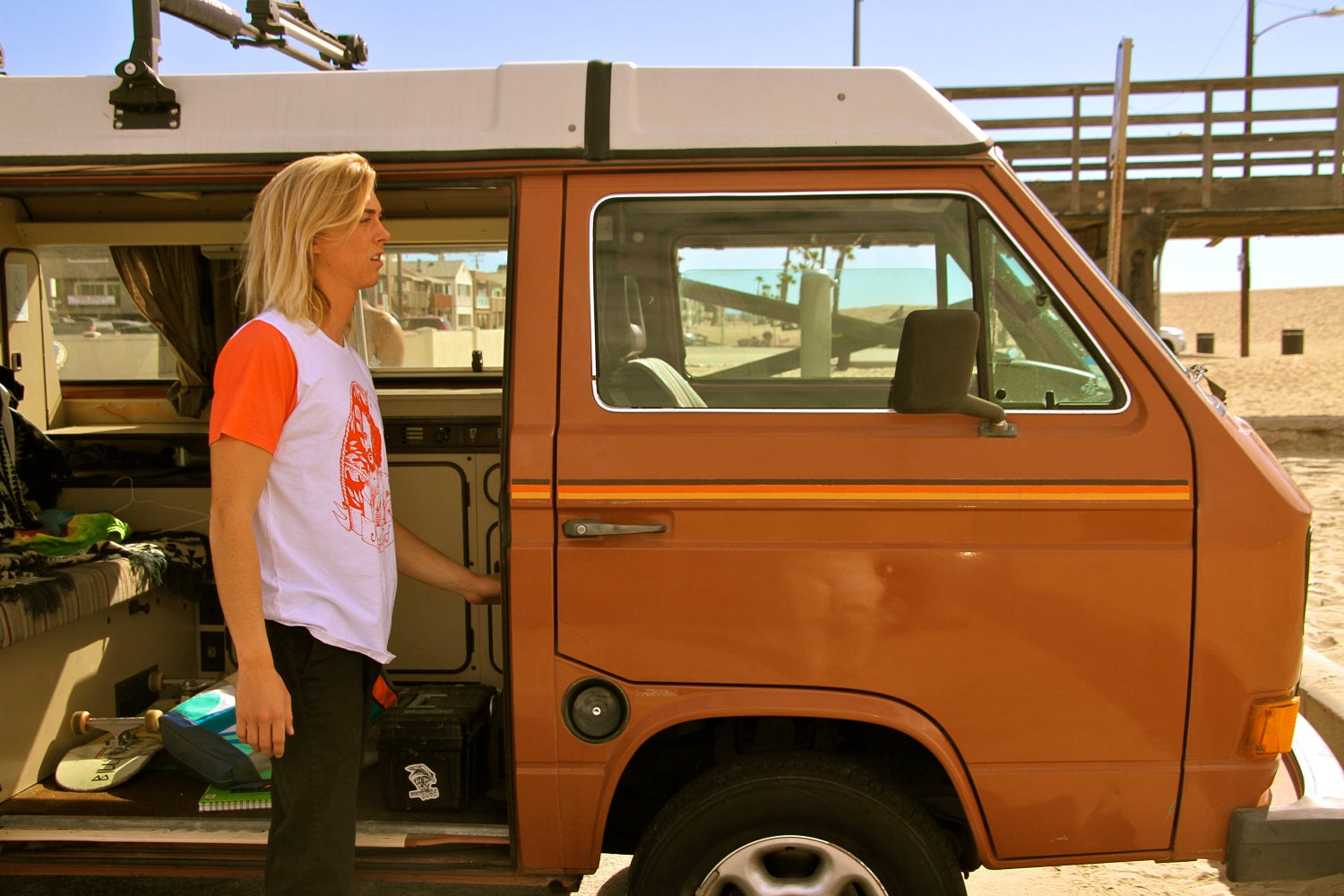
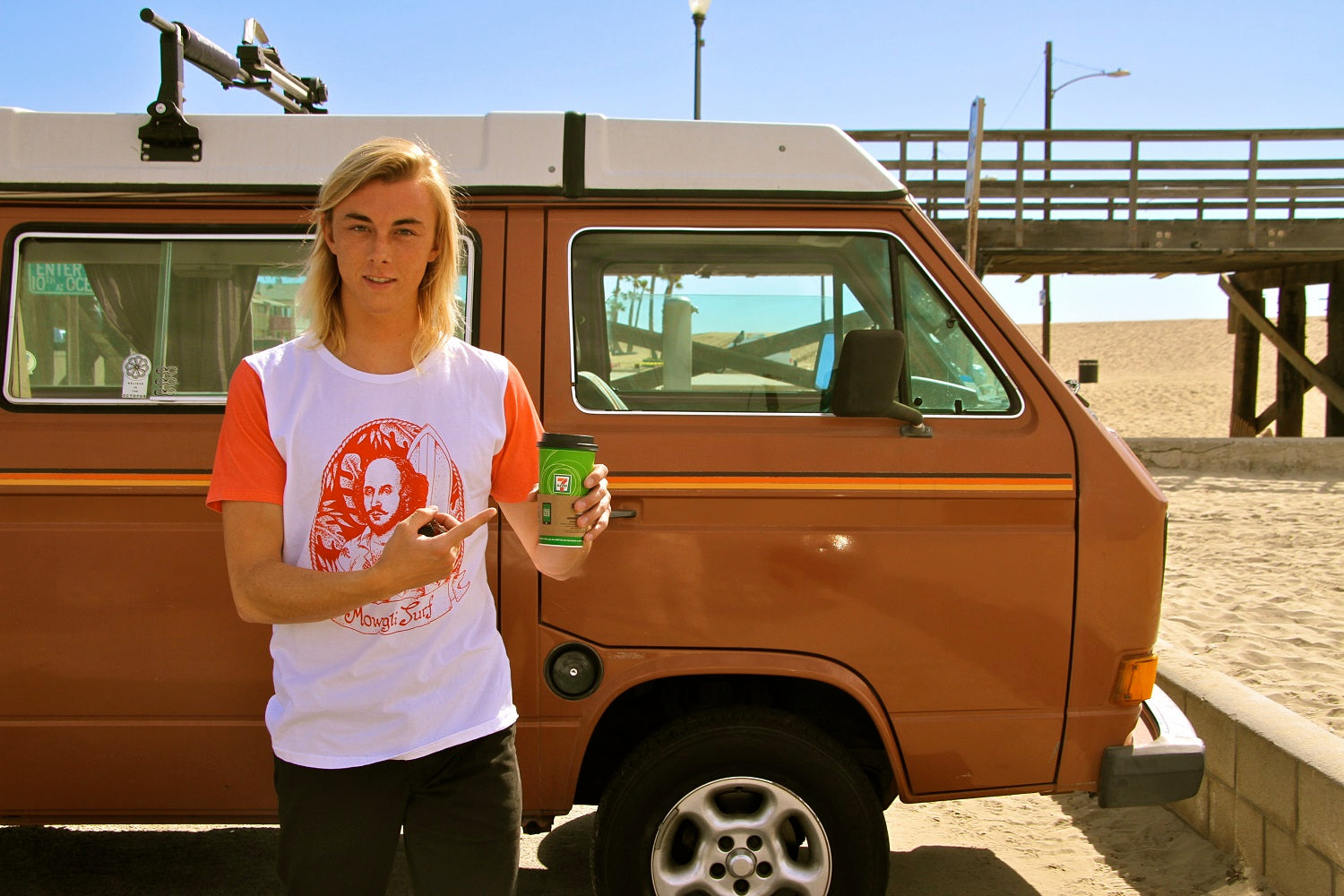
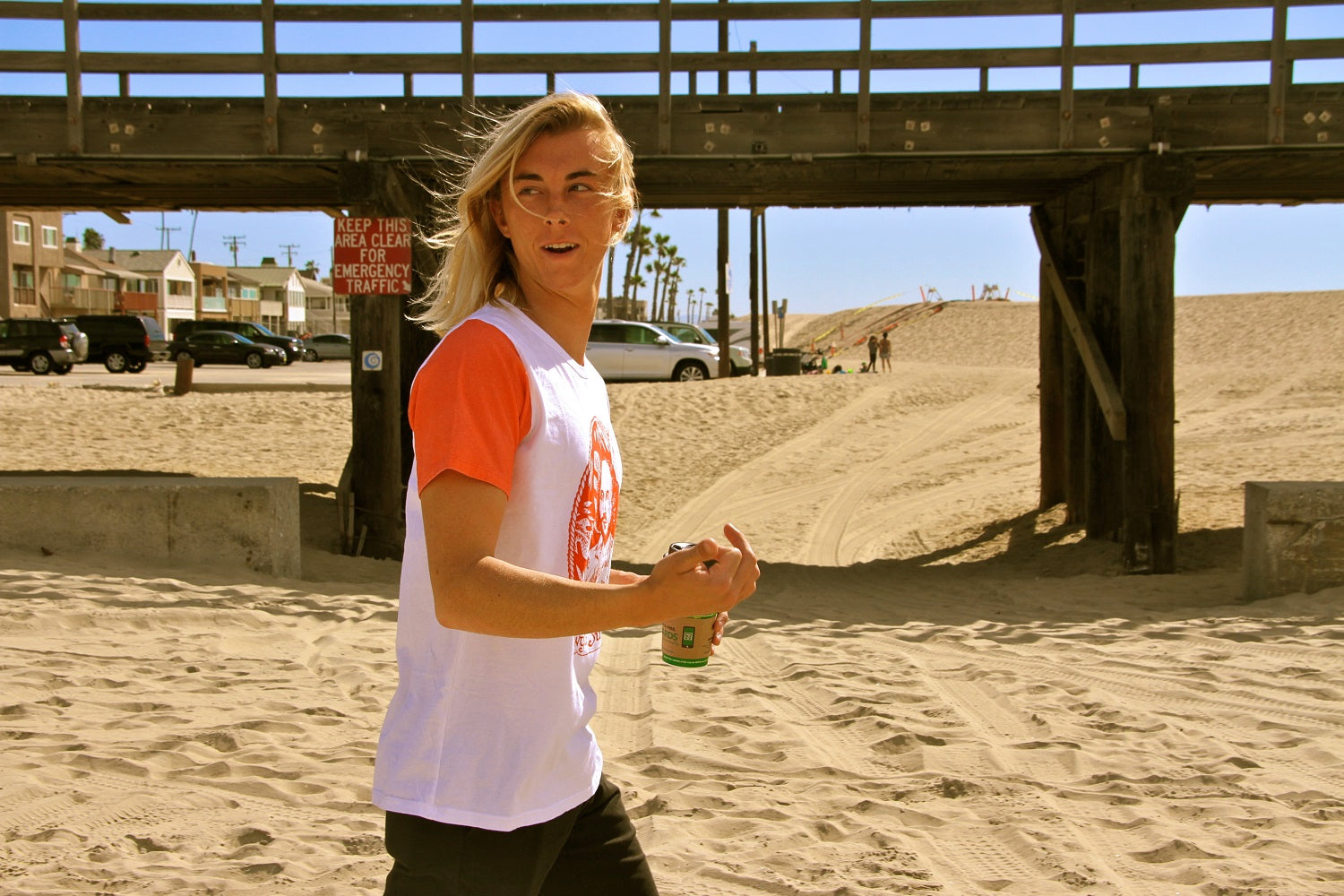

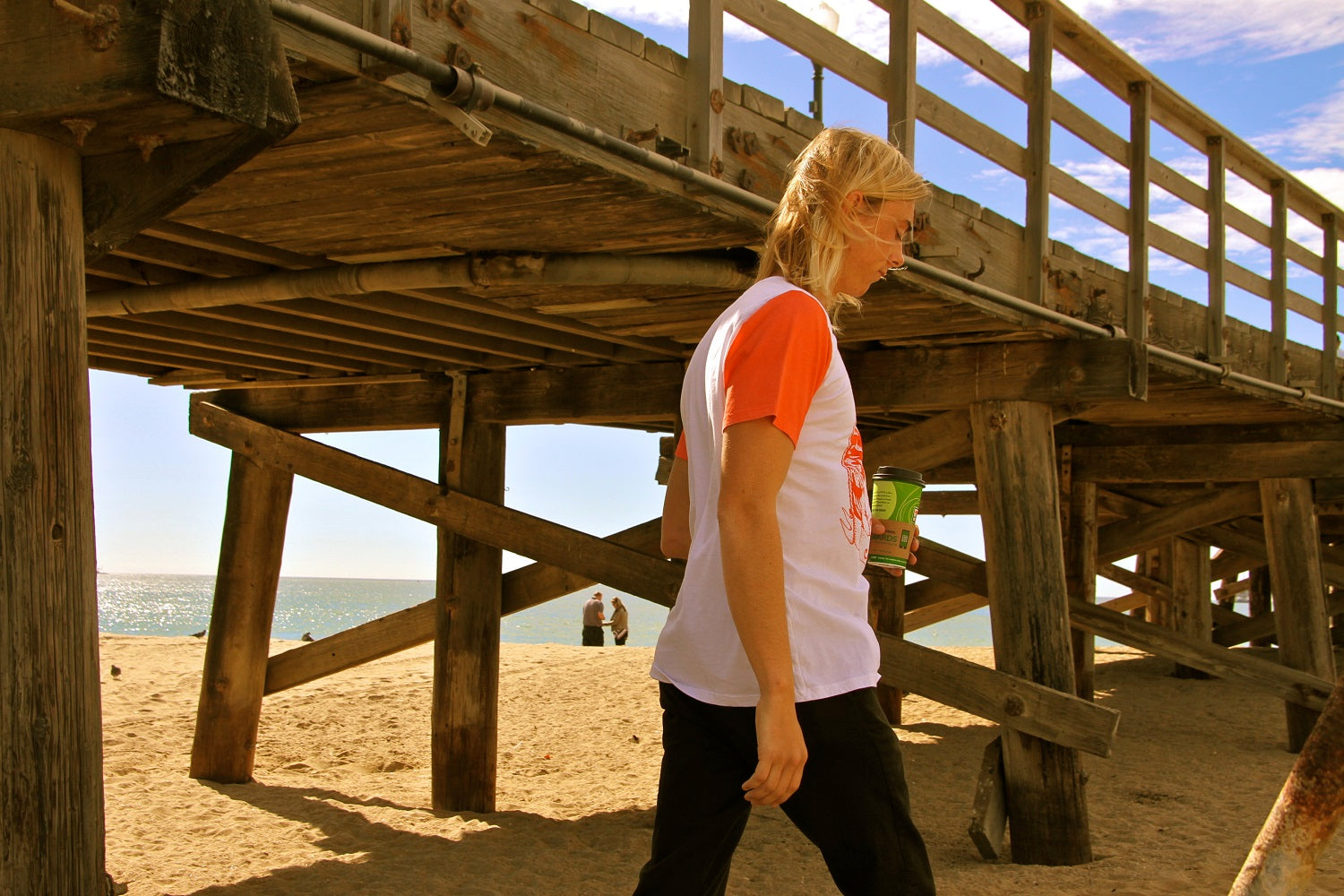
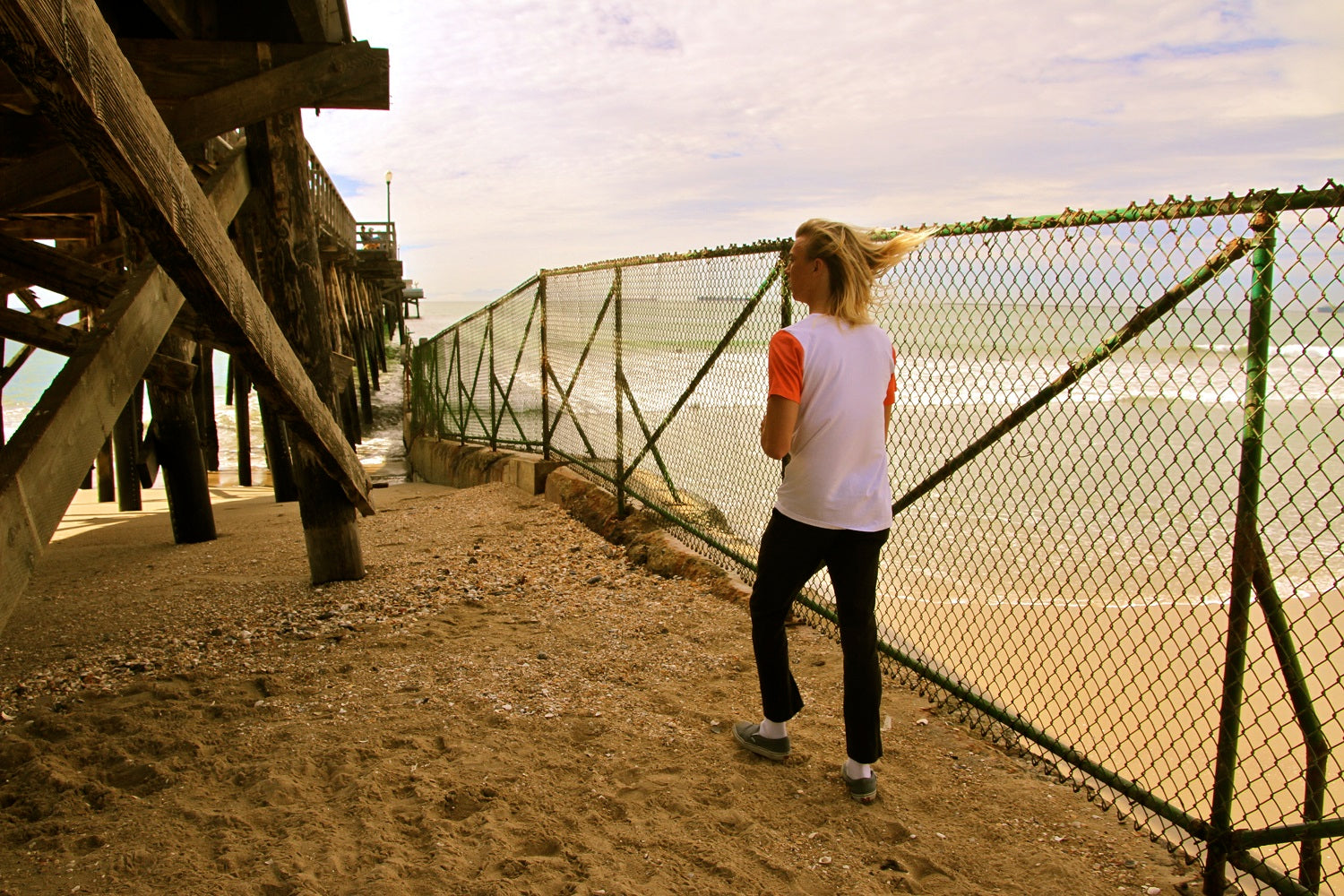


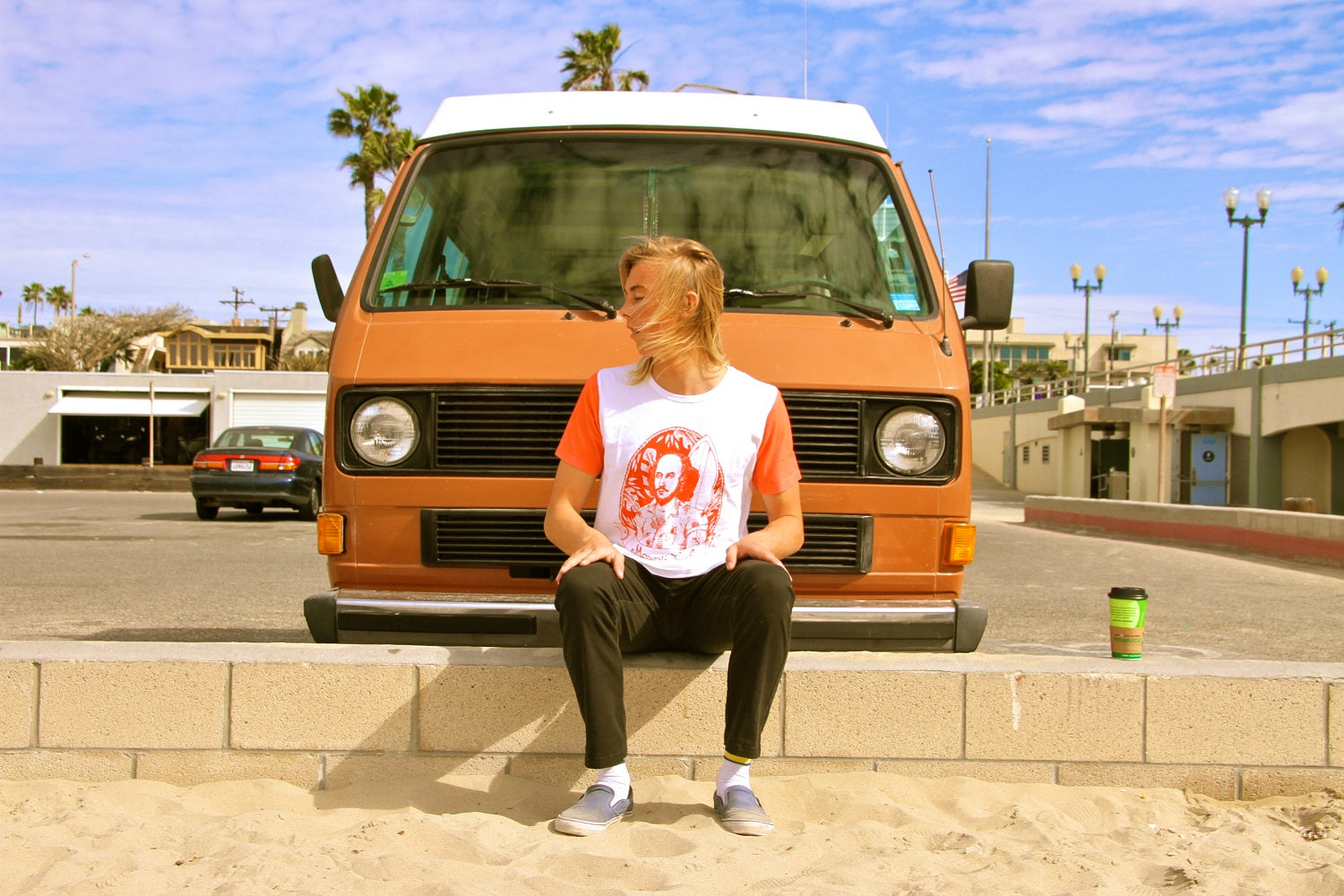

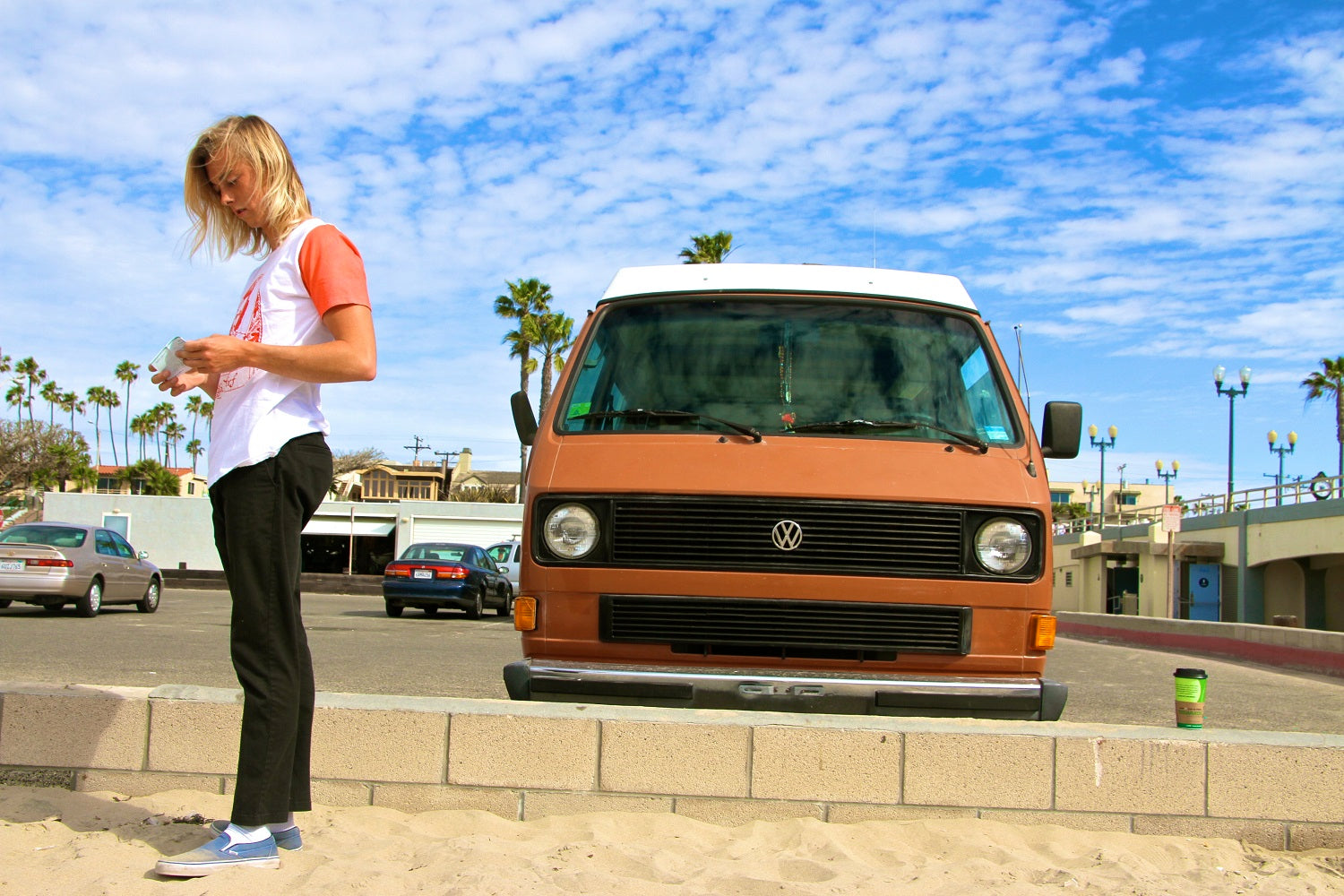



 Photos Thomas Green
Photos Thomas Green

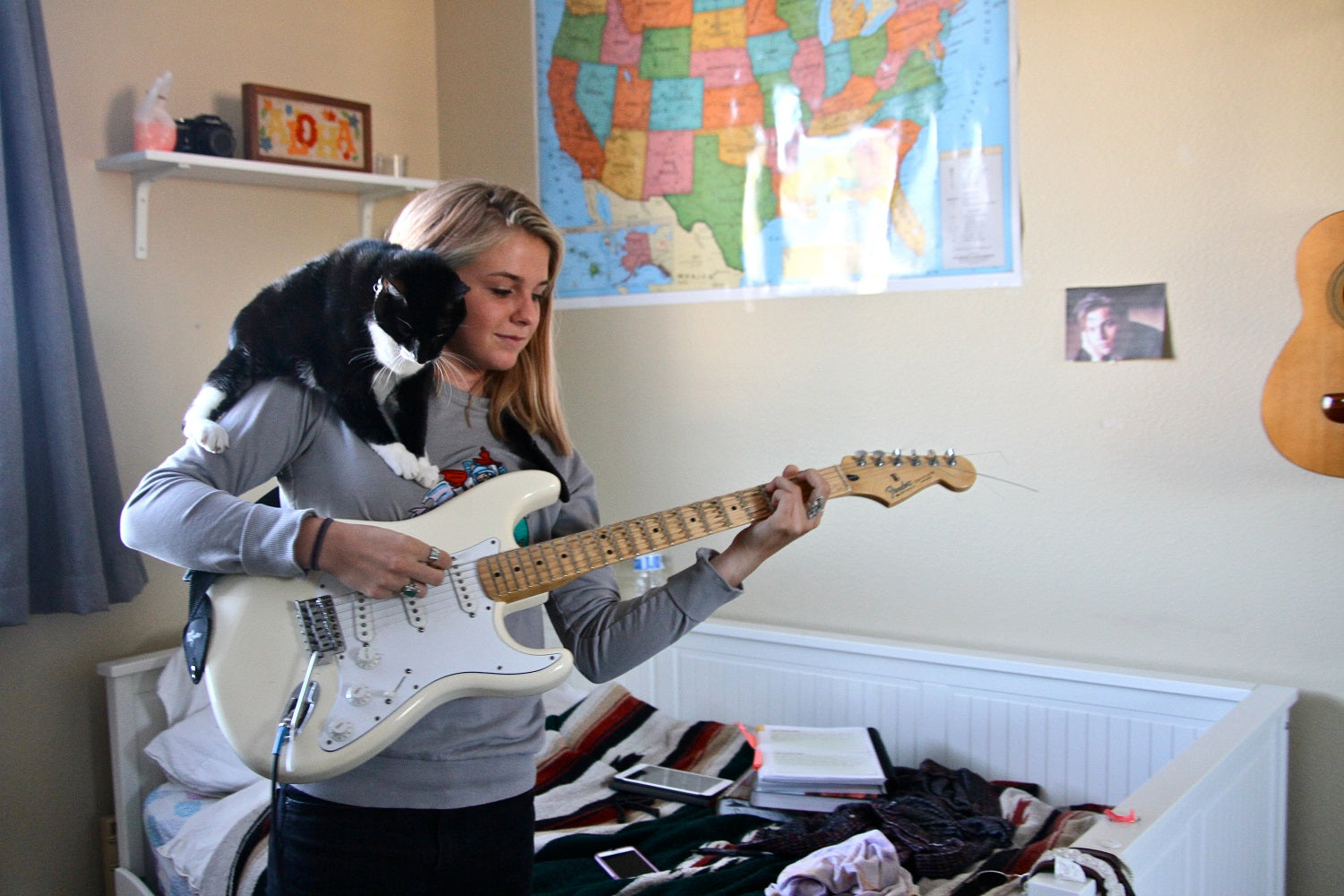




 Photo Alex Dafnis
Photo Alex Dafnis